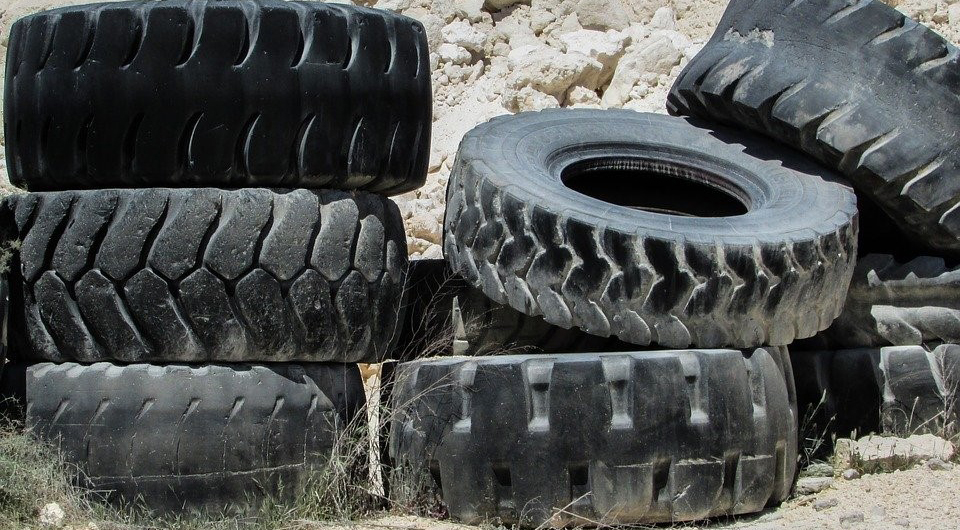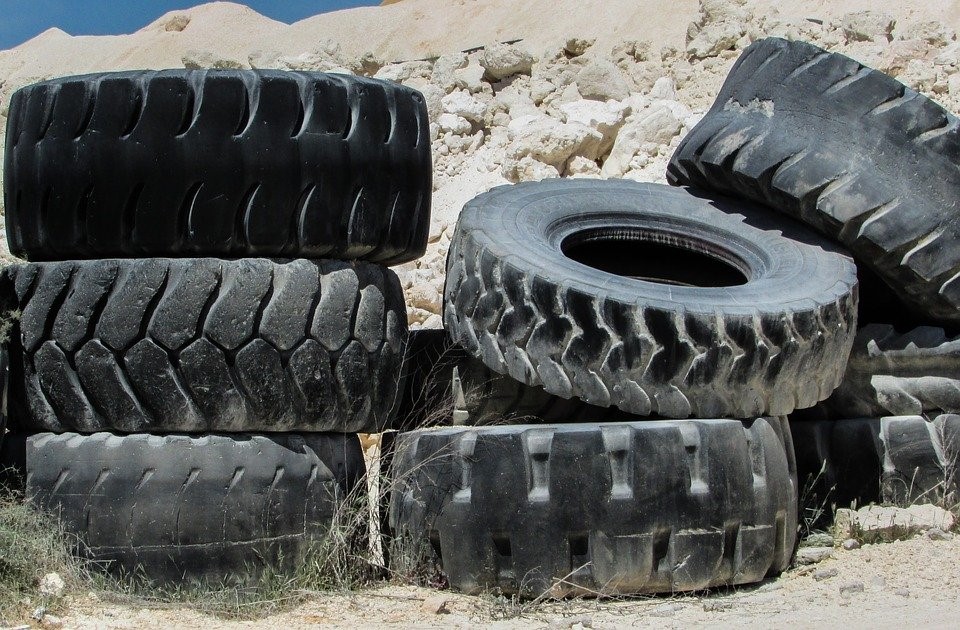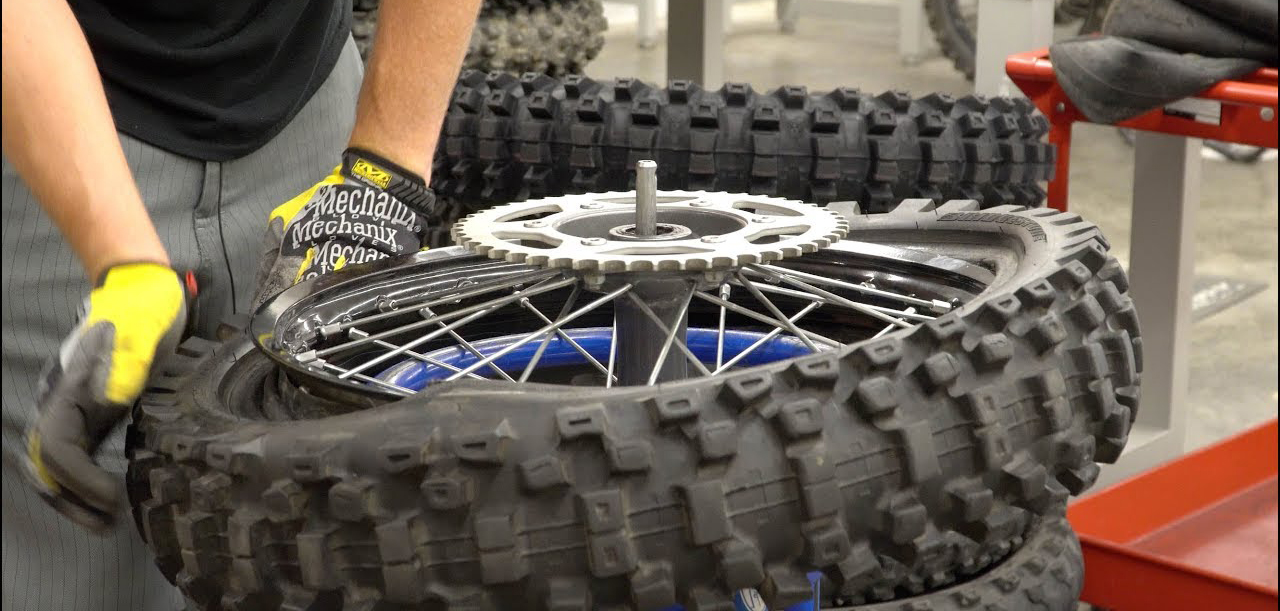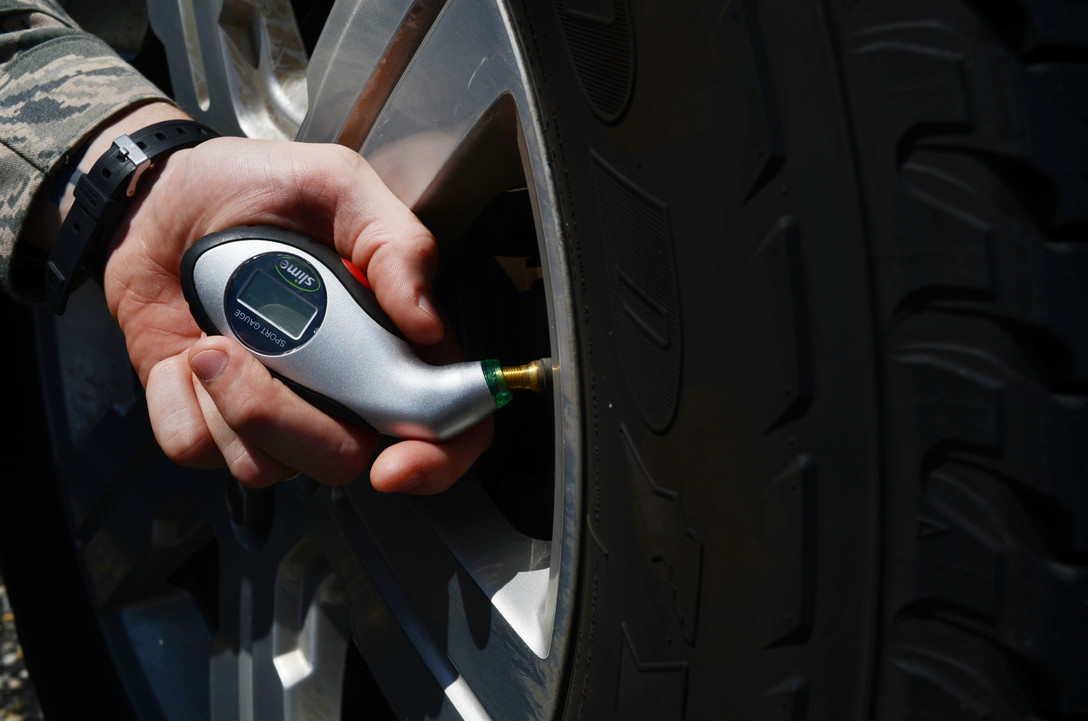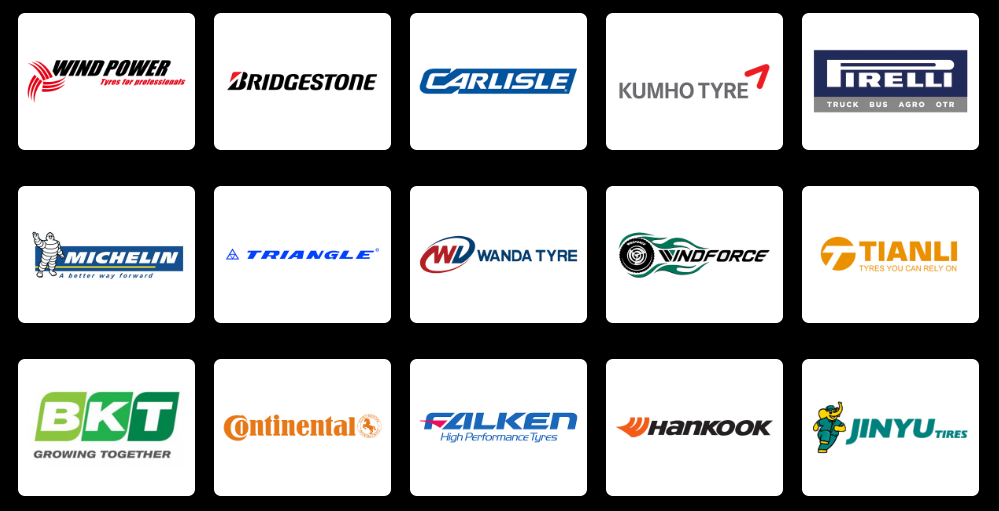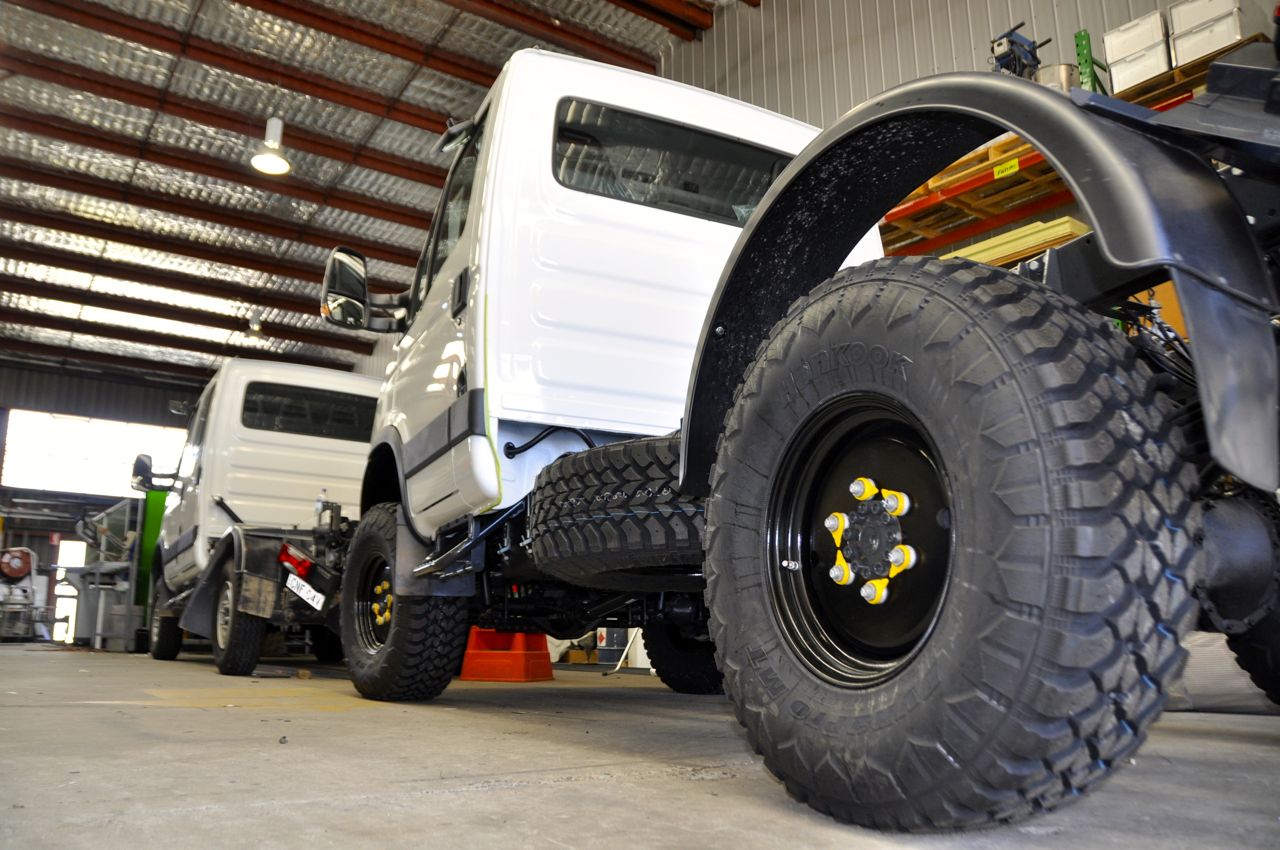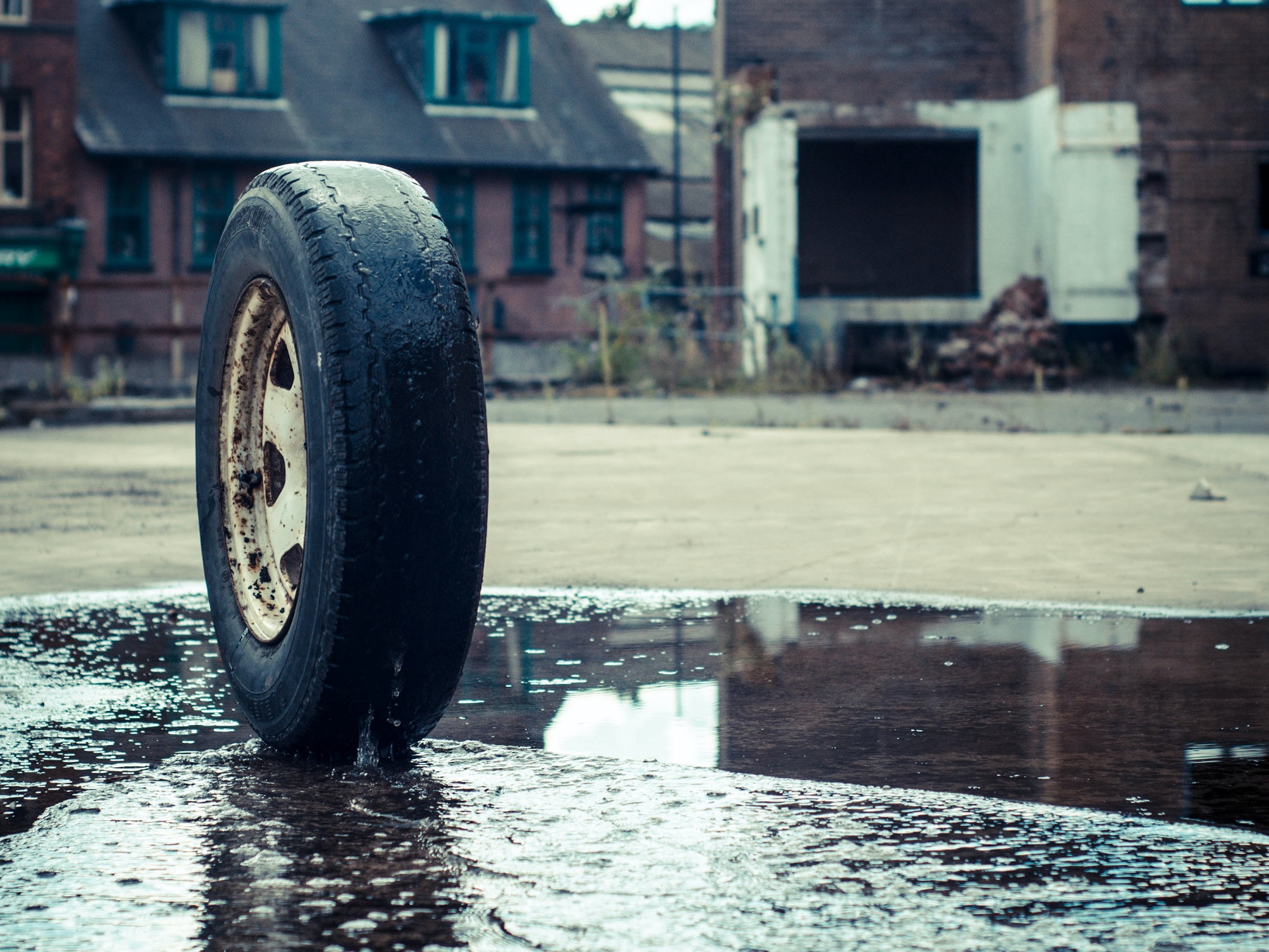
Keeping your tyres in good condition is crucial to driving safely and efficiently. Checking tyre pressure, inspecting tread depth, and aligning wheels are among the activities involved. Lubrication is one aspect of tyre maintenance that is often overlooked. Keeping your tyres properly lubricated can reduce wear and tear, improve fuel efficiency, and extend their life.
Purpose of Lubricating a Tyre
Mounting and demounting truck tyres can potentially damage the tyre beads. A lubricant can prevent this from happening, as it lowers friction and reduces the chances of improper installation. Additionally, lubricant makes mounting the tyre easier. It’s a lot easier to do things without friction, so you won’t have to use as much force.
Do’s and Don’ts of Lubricating a Vehicle Tyre
Do’s:
Use Specific and Commercial Lubricant Only:
Make sure you use a lubricant designed specifically for tyres. You should use a lubricant that’s right for your tyre type and driving conditions. It’s best to use commercial lubricants for tyre mounting. It’s worth investing in these lubricants to protect your rim, even if they’re a little more expensive.
Apply the Lubricant Carefully:
A lubricant doesn’t work if you simply dip tyres in it. Apply the right amount of it and make sure it covers the tyre bead area. Be sure to follow the instructions on the lubricant’s packaging too. Keep the lubricant evenly applied to the tyre; avoid excess application, as it attracts dirt.
Lubricate Consistently:
You must keep your tyres well-lubricated regularly so that friction and heat build-up is prevented, thereby ensuring that the tyre always performs well.
Don’ts:
Do not use Incorrect Lubricants:
Ensure that the lubricant you use is suitable for your tyres and driving conditions. Do not use lubricants that aren’t specifically designed for tyres, as this is associated with a risk of tyre failure and safety hazards. The tyre should not be treated with silicon or any other petroleum-based product either. Make sure your tyres are lubricated with high-quality lubricants only.
Do not put the Solution Inside the Tyre:
It is important to keep the inside of the tyre clean and dry. Be careful when applying the lubricant to ensure it only adheres to the outside of the tyre. A lubricant applied to a wet or dirty tyre can make it slick and difficult to handle. Lubricate the tyre after it has been cleaned, or wait until the tyre has dried before applying lubricant.
Do not Over-lubricate:
When you apply too much lubricant to your tyre, it attracts dirt and debris, which can damage the tyre and compromise its safety. Thus, don’t overdo it.
When and how to Lubricate a Tyre?
Lubricating a tyre is best done when it is clean and dry. You should thoroughly clean the tyre before lubricating it to remove any dirt, debris, or other contaminants that may interfere with the lubrication process. By doing this, you ensure that the lubricant adheres properly and does not get diluted or washed away by water.
The lubrication frequency will vary depending on the type of lubricant and your driving conditions. It is generally recommended to lubricate your tyres every six months. Lubricating your tyres more frequently may be necessary if you often drive on rough or uneven terrain or when temperatures are extremely high.
Protect Yourself from Faulty Tyre
Talk to a professional for guidance if you have questions about your vehicle tyres and/or rims after you’ve had them installed. Keeping yourself safe and protecting your property are your rights. An improper tyre-mounting procedure could result in an accident if you fail to lubricate the tyre correctly.
